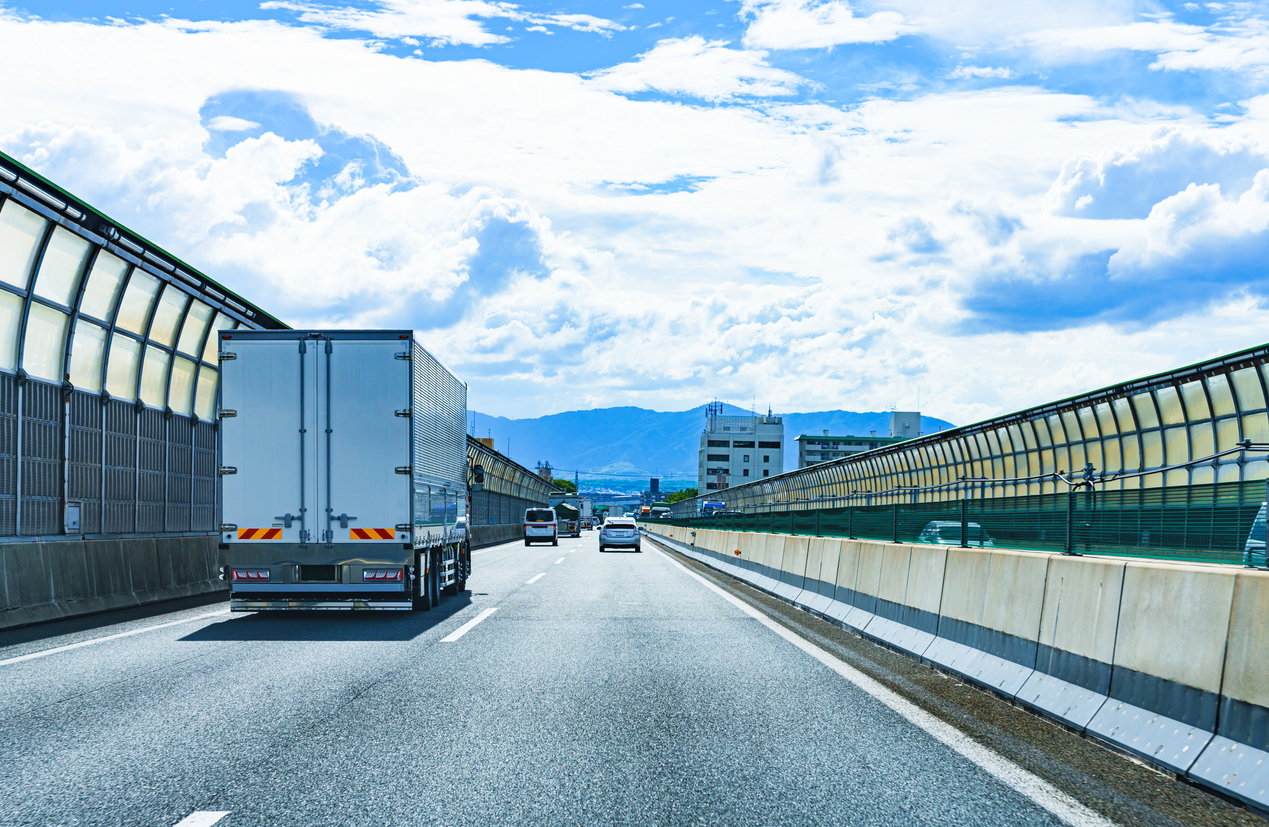2024/07/31
Serious Truck Driver Shortage; the Logistics Industry Needs to be Reconsidered from a “Macro” Perspective

On July 24, Isuzu Motors Limited announced that it will launch “ELFmio,” a small electric truck on July 30. Those who have an AT-only standard driver’s license can drive this vehicle like a regular car since the gross vehicle weight rating is kept under 3.5 tons. This is the first time in Japan that a diesel-powered vehicle with high economic rationality was officially introduced in the market for trucks having 1.5 ton-class payload capacity. The sales target for the first year is 5,000 units, aiming to meet the needs of last-mile logistics businesses and various self-employed businesses including retailers who are mainly engaged in small-lot deliveries. l Isuzu Motors will contribute to alleviating the growing shortage of truck drivers by “broadening the base of drivers.”
On the other hand, the government is addressing this issue from the perspective of social capital development through the “Autoflow-Road” transport system that fully utilizes road space. Specifically, this idea is to install dedicated transportation lanes on the shoulders of highways, on median strips, or underground, where automated transportation carts are to be driven. At the end of October 2023, the National Highway Subcommittee, the Ministry of Land, Infrastructure, Transport and Tourism (MLIT), included its “aim to achieve this goal in the next 10 years” in the “Interim Report on the High-Standard Highway Network.” The Shin-Tomey Expressway between Shin-Hadano and Shin-Gotemba is assumed to be the route for the demonstration experiment.
In automated logistics, Switzerland is in the lead. The project in Switzerland was named “Cargo Sous Terrain,” which literally means “underground logistics.” This project is based on the Swiss federal law on underground freight transport that was passed in December 2021 and came into force in August 2022. The total extension length of the tunnel will be 500 km, and unmanned carts will be run at a speed of 30 km/h, 24 hours a day. In this project, the goal is to construct the tunnel to approximately 70 km between Zurich and Herkingen by 2031, and complete the entire line by 2045. In the UK, “Magway,” a fully automated logistics system using low-cost linear motor cars, has been launched by constructing a dedicated line on an existing railway site in West London.
Many issues such as increasing transport volumes, decreasing lots, driver shortages, aging populations, chronic traffic jams, deteriorating road facilities, and demands for decarbonization have almost resulted in the limit of expanding and updating the conventional transport system, which is a challenge common to all developed countries. Although the accumulative measures by manufacturers, industry, and shippers to improve the transportation capacity and efficiency are important, only measures based on existing road infrastructure will be not enough. In other words, the problems cannot be solved only from the perspective of logistics. How can the society be sustainable? This question is a matter of land, industry, and the ways we live, and it is necessary to review the transportation system of goods and people in such daily activities. I hope we can reconsider the ground, sky, underground, and sea from the future standpoint, to redefine them three-dimensionally.
This Week’s Focus, July 26
Takashi Mizukoshi, the President